In the middle Botswana, the Central Kalahari Game Reserve is a small area where the the protection of the traditional territory is needed for the 5000 Gana, Gwi and Bushmen who depend on it for survival.
After diamonds were discovered in the 1980s, the governments where trying to get the Bushmen out so as to collect the diamonds. When the Bushmen did not follow instructions, the government tried forcing them out. in 1997, 2002, and 2005, The Bushmen were forced out,leaving their homes, schools, and water source destroyed. Not only that, but also their health post were also closed.
In 2006, the Bushmen won the right in court to go back to their lands, but the government made it difficult for them to return. The government banned them from any access to the borehole that the Bushmen used. Now it has become such a struggle to find water just to survive.
Xoroxloo Duxee died of dehydration after the Bushmen's water borehole was disabled.
Those who did not return to the reserve live outside the reserve in resettlement camps. Even if they do not live in the reserve, the government is limiting the bushmen. Hunting is rarely done due to the fact that the hunters get beaten and arrested if they do. The Bushmen have no choice but to depend on the government handouts.
Bushmen children at Molapo in the Central Kalahari Game Reserve, with melons which supply some of their water needs
At the same time the Bushmen were denied the borehole, the government drilled new boreholes just for the wildlife so that safari companies can open tourist sights. The Bushmen still fear that the government will close down the borehole again.
The Kalahari Plains Camp was opened after Wilderness Safaris entered into a lease with the government. However, the lease made no provisions for the rights of the Bushmen on whose ancestral lands the camp sits, nor were they consulted about the venture.
In 2011, Botswana allowed the Bushmen to reuse the old borehole and make new ones. The government called the Bushmen's plight as "a harrowing story of human suffering and despair."
While the Bushmen are struggling to find water to survive, tourist and guests are able to relax in a lodge with with any necessities needed.
_fs.jpg)
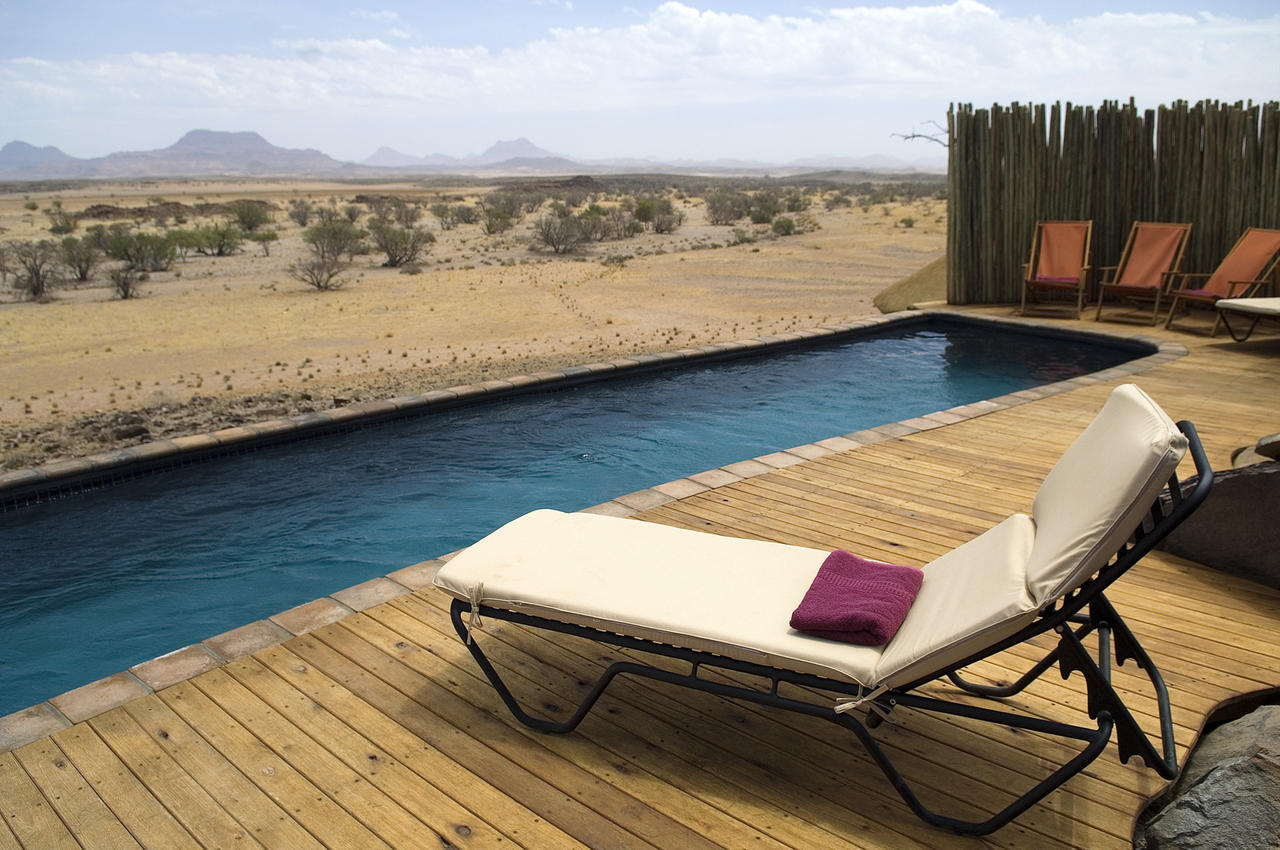
While the Bushmen are struggling to find water to survive, tourist and guests are able to relax in a lodge with with any necessities needed.
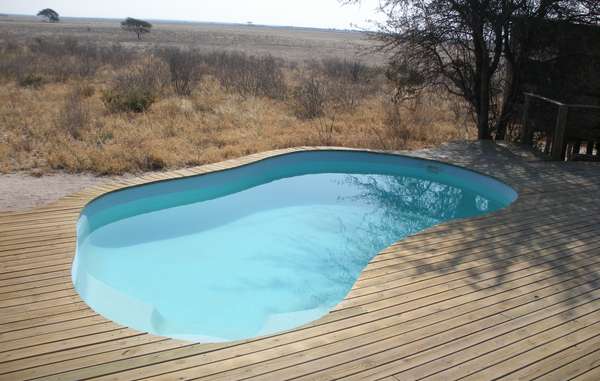 |
| The pool of Wilderness Safaris' new lodge in the CKGR. |
_fs.jpg)


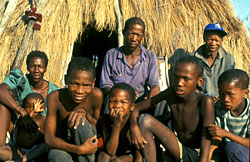
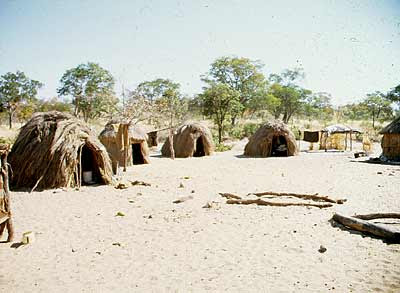
In addition, the government has:
Refused to issue a single permit to hunt on their land (despite Botswana’s High Court ruling that its refusal to issue permits was unlawful),
Arrested more than 50 Bushmen for hunting to feed their families,
Banned them from taking their small herds of goats back to the reserve.
Its policy is clearly to intimidate and frighten the Bushmen into staying in the resettlement camps, and making the lives of those who have gone back to their ancestral land impossible.
Throughout the regions, the Bushmen are struggling with the westernized life style leading people to go to depression, poverty, alcoholism, low self-esteem, and the struggle for civil rights.
If you want to learn how to support the Bushmen, you may click on the link below
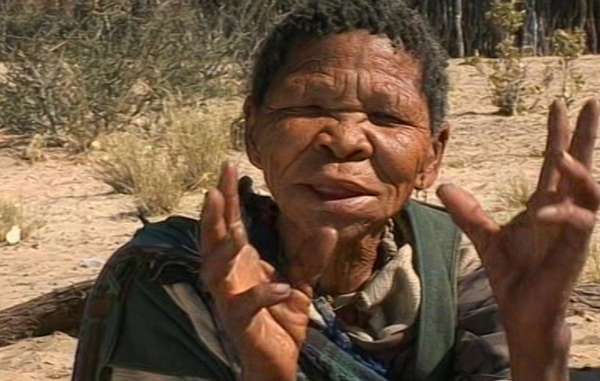
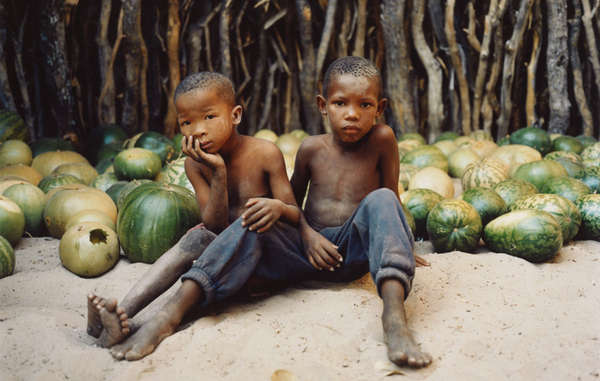
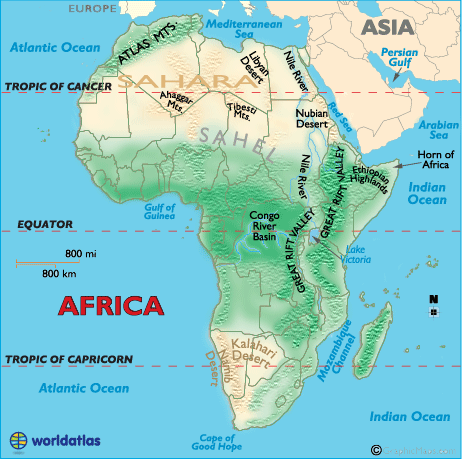

toursa.jpg) aardwolf
aardwolf a_barnett-harris.jpg) Antbear
Antbear c_du_plessis.jpg) Wildebeest
Wildebeest  Kori bustard
Kori bustard  Pygmy Falcon
Pygmy Falcon
